Japan Post Bank: How to Open an Account and Info on Application Process

Japan Post Bank is a highly reliable, trusted banking option in Japan and an excellent choice for foreign residents. This article introduces how non-Japanese residents can open an account with JP Bank, including which items to bring and how to fill out an application.
Opening an Account with JP Bank for Foreign Residents
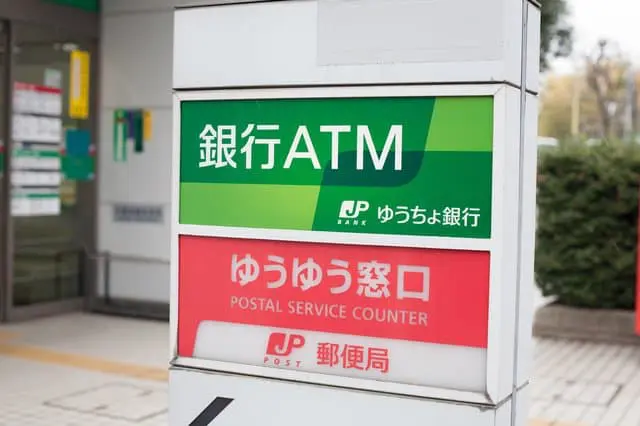
Photo by Pixta
Are you an international resident of Japan? If so, having a reliable bank account is a high priority. Payments for utility bills and direct deposit of paychecks are made entirely through your bank account in Japan.
A subsidiary of Japan Post Holdings (Japan Post), JP Bank handles postal deposits and banking services. As a result, JP Bank is often attached to post offices nationwide with as many as 234 locations. It is a practical, convenient choice for many.
In this article, we explain how to open an account with Japan Post Bank (JP Bank).
Opening a JP Post Account
1. Find a JP Bank Location
2. Required Items: Passport, Residence Card, and Personal Seal
3. Filling in the Application
4. Bankbook and ATM Card
5. Open a Japanese Bank Account
Opening a Japan Post Account and Application Process
Now, we’ll explain the process of opening a JP Bank account.
1. Find a JP Bank Location

Each post office won’t necessarily have a JP Bank teller window, so double-check for your nearest bank and business hours on JP Bank’s official website (Japanese). Most post offices are open until 17:00, so business hours for JP Bank usually end at 16:00.
Once at the teller window, tell the bank personnel, “Koza o tsukuritai” (I’d like to open a bank account.").
2. Required Items: Passport, Residence Card, and Personal Seal

When opening a bank account, you must bring your passport, your residence card, and a personal seal (engraved with your surname) if you have one.
The bank teller will then hand you an application form to fill in with your full name, address, and other necessary information. The next section will introduce application terms in Japanese and English side-by-side, so please refer to those tables.
JP Bank’s official website allows you to fill in an application ahead of time with step-by-step instructions in English, Vietnamese, Chinese, Korean, and other languages.
Filling in the Application
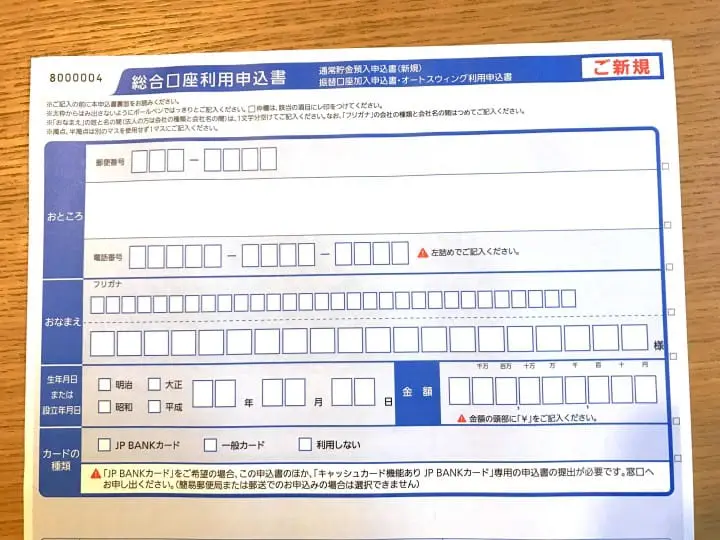
The application form is similar to the photo above. The Japanese terms—alongside its English counterpart—are listed below.
| Japanese | English | Instructions |
| おところ (otokoro) | Address | Write your address. |
| おなまえ (onamae) | Name | Write your name in the alphabet, then again in katakana in the furigana field. |
| 生年月日 (seinen gappi) | Date of Birth | The date should be written in Japan’s date format. |
| 金額 (kingaku) | Amount of Money | Fill in your initial deposit amount. |
| カードの種類 (kado no shurui) | Card Type | Select the card type and/or features you’d like to apply for. |
The types of bank cards and features are listed below.
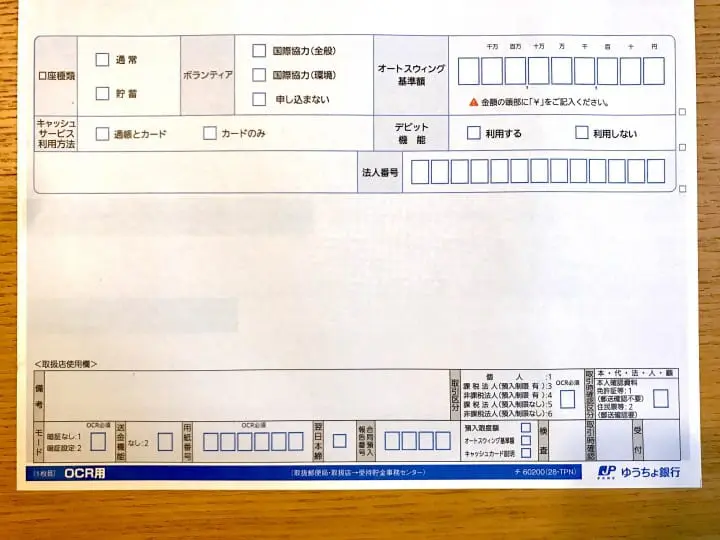
| Japanese | English | Instructions |
| 口座の種類 (koza no shurui) | Account Type | Select between regular/checking (普通 futsu) or savings (貯蓄 choku chiku). |
| ボランティア (borantia) | Volunteer | This allows you to donate 20% of your interest to charity. |
| オートスウィング基準額 (otosuingu kijungaku) | Auto-Swing Base Amount | Fill in an amount to transfer to an auto-swing (interest-free) account. |
| キャッシュサービス利用方法 (kyasshu sabisu riyo hoho) | Cash Service Method | Select between a bankbook and cash card, or card only. |
| デビットカード機能 (debitto kado kino) | Debit Card Feature | Select whether you’d like to add a debit feature to your cash card. |
A checking account refers to a typical bank account that allows you to deposit and withdraw money. A savings account yields an interest rate that is more profitable than a typical savings account when the balance is over 100,000 yen.
The volunteer field gives you the option to select any international cooperation or environmental group to donate part of your interest. If you're not interested, please check "do not apply" (申し込まない).
JP Bank applies an "auto-swing" concept to savings balances that are over the set amount and makes the balance interest-free. You can set up a maximum deposit of 13 million yen. If you prefer not to set a limit to your account, then write 0.
This system was established not just for the account owner, but to encourage fair competition between JP Bank and other banks. Although JP Bank is now privatized, it was formerly managed by the government.
Therefore, JP Bank is believed to have higher credibility in comparison to other financial institutions.
Bankbook and ATM Card
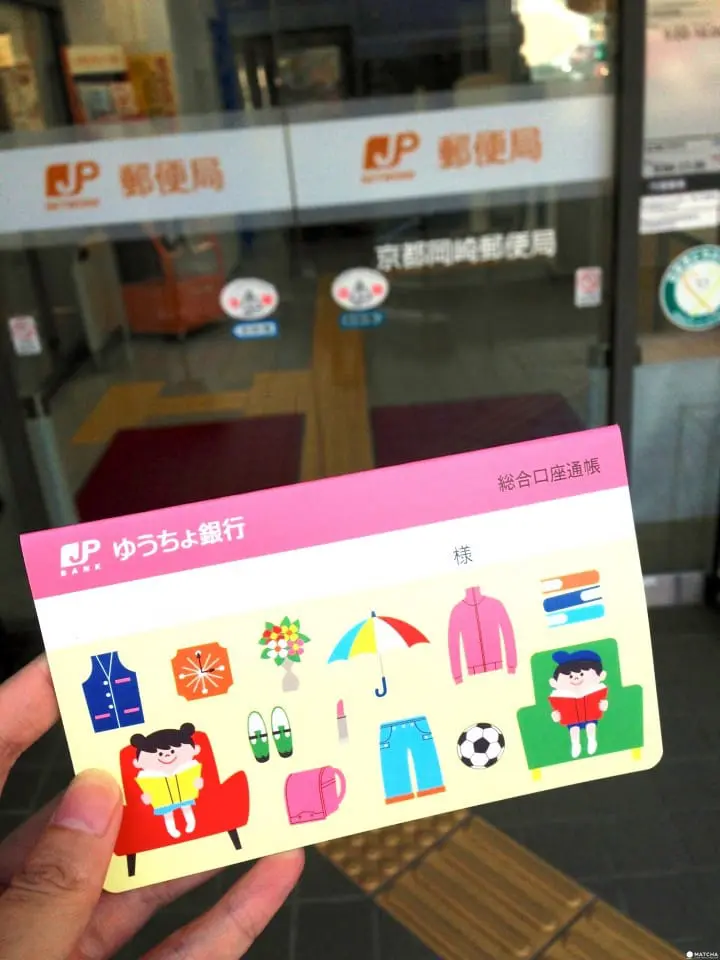
Once you've finished opening an account with JP Bank, you'll receive a bankbook at the window. Those who selected "bankbook and card" in the cash service method field can deposit and withdraw money with this bankbook.
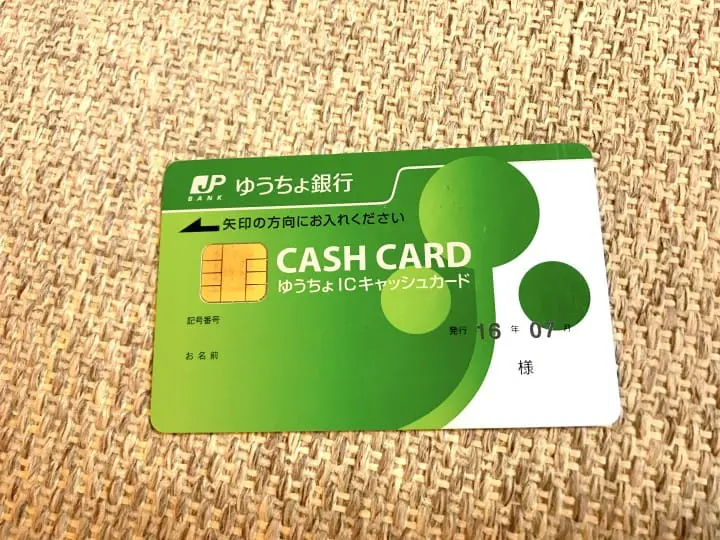
An ATM card will be delivered to your address in about one to two weeks. It is not left in your mailbox but rather delivered by hand, so you have to be home to receive it. If you're not at home when the card is delivered, an attempted delivery notice should appear in your mailbox.
Follow the instructions on the delivery notice to enter your desired time for redelivery. A postal worker will attempt redelivery within the specified timeframe.
FAQ
What is my Japan Post Bank account number?
If you have a Japan Post bank account, your account number is printed on the bottom right corner of the first inside page of your bankbook (tsucho).
Can foreigners open a bank account in Japan?
Yes, foreigners can open a bank account in Japan, but the process and requirements can vary depending on the bank. Generally, you will need to have a valid residence card, passport, and sometimes proof of address in Japan. Some banks may also require a personal seal (inkan/ hanko) which is commonly used in Japan for official documents.
It's essential to check with the specific bank you are interested in opening an account with to understand their requirements. Additionally, some banks may provide services in English or have staff who can assist you in English, which can be helpful if you are not fluent in Japanese.
Which bank is best in Japan for foreign residents?
For foreigners looking to open a bank account in Japan, several options cater to international residents. Mizuho Bank, SMBC Trust Bank, Shinsei Bank, MUFG Bank, and Japan Post Bank are among the popular choices known for their foreigner-friendly services. Mizuho and SMBC Trust offer English support and have branches in various locations. Shinsei Bank is recognized for its accommodating services for non-Japanese customers, while MUFG Bank, being a large banking group, provides some English services and operates internationally. Japan Post Bank offers a reliable option with numerous branches across the country, some equipped with English-speaking staff. Factors such as service offerings, fees, branch locations, online banking facilities, and language support should be considered when selecting the best bank that meets the individual needs of a foreigner residing in Japan.
How much can you deposit in Japan Post Bank?
In Japan Post Bank, there are different limits for deposits depending on the type of account and the method of deposit. For regular savings accounts in Japan Post Bank, individual deposits of up to 13 million yen are generally accepted. However, it's essential to note that there are limits on the total amount that can be deposited in a single account over time. Additionally, for larger deposits or transactions, there might be reporting requirements to comply with anti-money laundering regulations. It's recommended to contact Japan Post Bank directly or visit their website for the most up-to-date information on deposit limits and any specific regulations related to deposits.
How much money can you withdraw from Japan Post Bank ATM?
In Japan Post Bank, the amount you can withdraw from an ATM can vary depending on the specific ATM machine and the type of card you have. Typically, Japan Post Bank ATMs allow withdrawals up to a maximum of 100,000 yen per transaction. However, some ATMs may have lower limits, such as 50,000 yen per transaction.
It's important to note that there may also be daily withdrawal limits imposed by the bank or your card issuer. These daily limits can vary but are often in the range of 100,000 to 200,000 yen. Additionally, there might be variations in withdrawal limits for international cards.
For the most accurate and up-to-date information on withdrawal limits at Japan Post Bank ATMs, it's recommended to check with Japan Post Bank directly or refer to the information available on their website or at the ATM locations.
Open a Japanese Bank Account
Depending on your JP Bank location, you can ask for an application form to fill out at home and apply at a later date. If you're planning to reside in Japan but don't feel confident in your Japanese language skill, download this article on your phone for future reference. There isn't much to worry about as many non-Japanese residents have successfully opened bank accounts with JP Bank!
Read also
Main image by Pixta
一個台南人在京都的日常。 講一口和破牛仔褲相襯的破日文,卻老被旅客當成本地人,所以後來改穿裙子了,覺得這樣日文就會進步一些,現在正一邊用力品味異國文化與生活,一邊想念在台南那隻叫饅頭的小爽狗。喜歡帶著相機蹓躂,卻經常忘記帶記憶卡,所以揹著相機練身體,是我在京都最常用的減肥方法。我的《阿廢日記》:http://pandaandsoda.blogspot.jp/ 或是臉書搜尋:吳胖達,看到饅頭就是我了!









































![[Coupon Available] Attention Overseas Winter Sports Fans! Nagano's Sports Depot Has Evolved](https://resources.matcha-jp.com/resize/720x2000/2026/01/05-254819.webp)
![[2 hours from Tokyo ] 10 Quiet and Breathtaking Views of Mount Fuji in Yamanashi Hokuto City , Yamanashi - Part 2](https://resources.matcha-jp.com/resize/720x2000/2025/12/16-253037.webp)

![[Reopening in March 2026] Ikoma Sanjo Amusement Park Park, 45 minutes from Osaka , with free admission](https://resources.matcha-jp.com/resize/720x2000/2024/08/28-194409.webp)